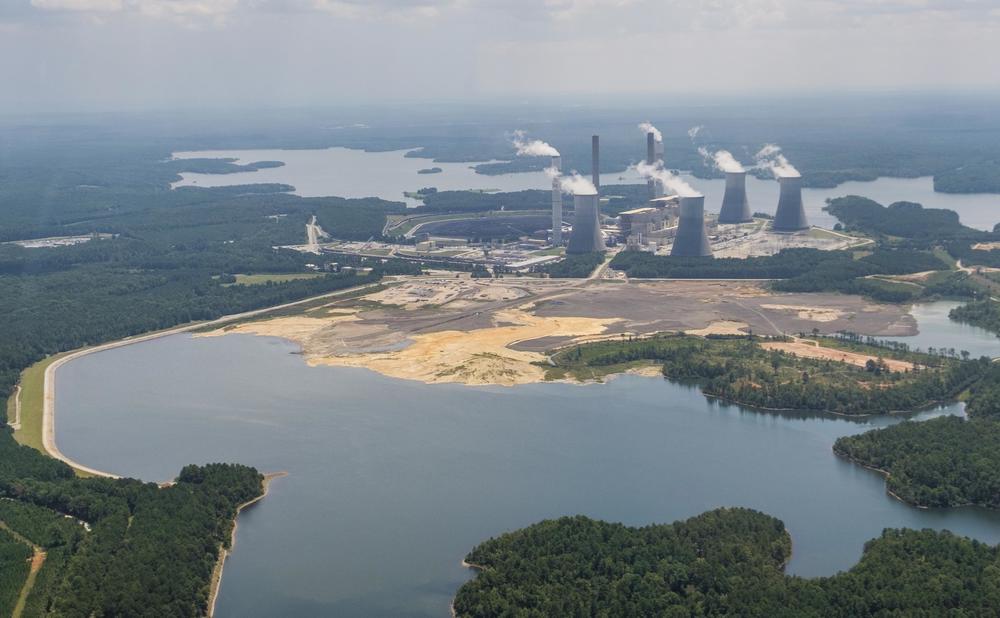Section Branding
Header Content
Time Running Out For Public To Weigh In On Georgia Power’s Coal Ash Ponds
Primary Content
When coal-fired power plants burn coal, what’s left over is a toxic ash mixed with water that gets stored in ash ponds. They look pretty much like you’d imagine – huge, contained pools of slurry and particulates – and environmentalists worry about their potential effects on the ecosystem and drinking water.
Georgia Power is on track to quit adding to its ash ponds by sometime next year. That’s a mandate in the Integrated Resources Plan the Georgia Public Service Commission approved this summer.
How utilities should close their ash ponds is governed by the federal Environmental Protection Agency, but the EPA wants to hand that responsibility to states. That raises questions about how Georgia Power will excavate its remaining dozens of ash ponds and whether state rules on proper closure are strong enough.
The public only has until Tuesday, Aug. 27 to weigh in on the change.
GPB’s Grant Blankenship has been following this story, and he gave an update to On Second Thought.
Also, GPB's Emily Jones reported on the burning of biomass to produce energy.
Get in touch with us.
Twitter: @OSTTalk
Facebook: OnSecondThought
Email: OnSecondThought@gpb.org
Phone: 404-500-9457

